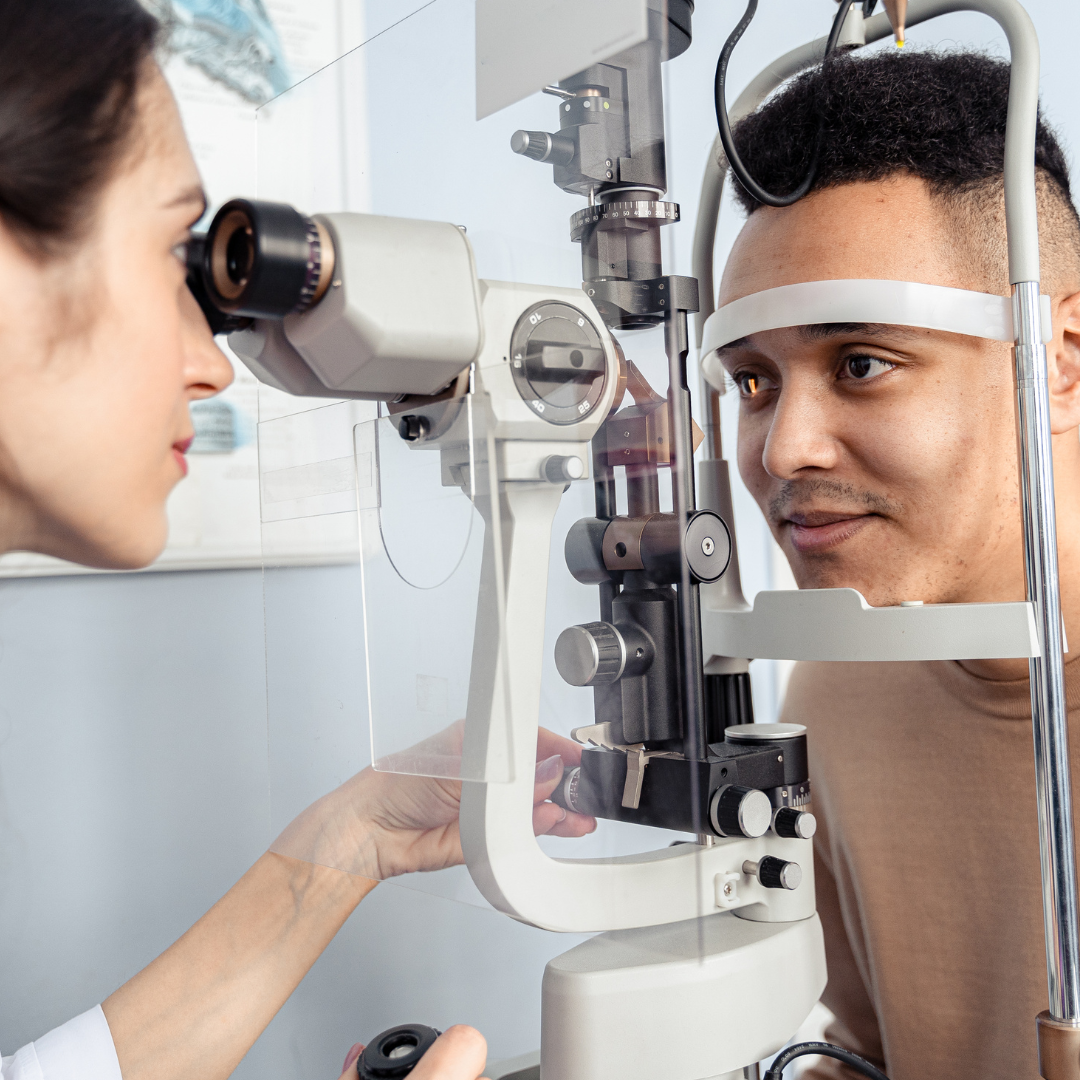DFW Urgent Eye Care Solutions
Comprehensive Information and Support for Immediate Eye Health Needs

Essential Guide to Urgent Eye Conditions
Essential Guide to Urgent Eye Conditions
1. Eye Pain
Did you know? Eye pain affects millions of people worldwide and can be a symptom of various underlying conditions!Here are the symptoms to look out for:
- Sharp or dull ache in or around the eye
- Feeling of pressure behind the eye
- Pain when moving the eye
- Surface irritation: Artificial tears or eye drops
- Infection: Antibiotic eye drops or oral medication
- Glaucoma: Prescription eye drops or surgery
If you experience these symptoms, take the following actions:
- Avoid rubbing your eyes
- Use a cool compress for temporary relief
- Seek immediate medical attention if pain is severe or accompanied by vision changes
Note: Persistent eye pain can indicate serious conditions, making prompt medical evaluation crucial.
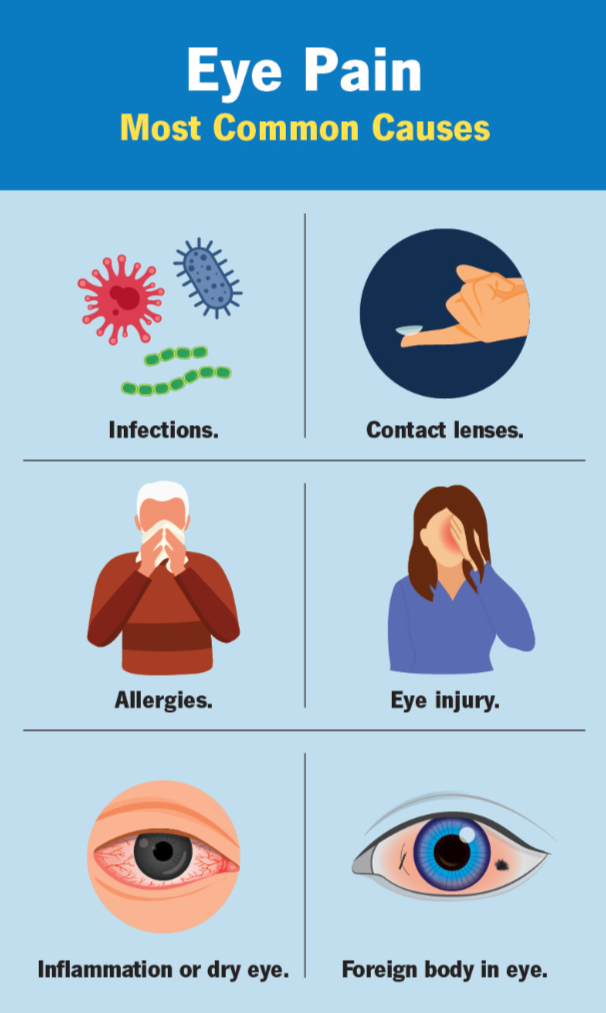

2. Floaters or Flashes
Did you know? Up to 70% of people experience eye floaters at some point in their lives!Here are the symptoms to look out for:
- Spots, cobwebs, or strings floating in your vision
- Flashes of light in one or both eyes
- Shadows that appear to drift when you move your eyes
Urgent treatment depends on the cause:
- Age-related floaters: Usually harmless and may resolve on their own
- Retinal detachment: Requires immediate surgical intervention
- Posterior vitreous detachment: May need monitoring by an eye specialist
- Pay attention to any sudden increase in floaters or flashes
- Perform a simple visual field test to check for vision loss
- Consult an ophthalmologist promptly, especially if symptoms worsen
Important Note: While most floaters are harmless, sudden changes could indicate a serious condition requiring immediate medical attention.
3. Eye Discharge
Did you know? Eye discharge, also known as "sleep" in your eyes, is a common symptom of various eye conditions!Watch for these warning signs:
- Crusty or sticky substance around the eyes, especially upon waking
- Excessive tearing or watery eyes
- Redness or irritation accompanying the discharge
Urgent treatment depends on the cause:
- Bacterial conjunctivitis: Antibiotic eye drops or ointments
- Viral conjunctivitis: Supportive care and artificial tears
- Allergic reaction: Antihistamine eye drops or oral medications
- Gently clean your eyelids with warm water and a clean cloth
- Avoid touching or rubbing your eyes to prevent spreading infection
- Seek medical attention if discharge is persistent, thick, or accompanied by pain
Note: Some forms of eye discharge can be highly contagious, making proper hygiene and prompt treatment essential.
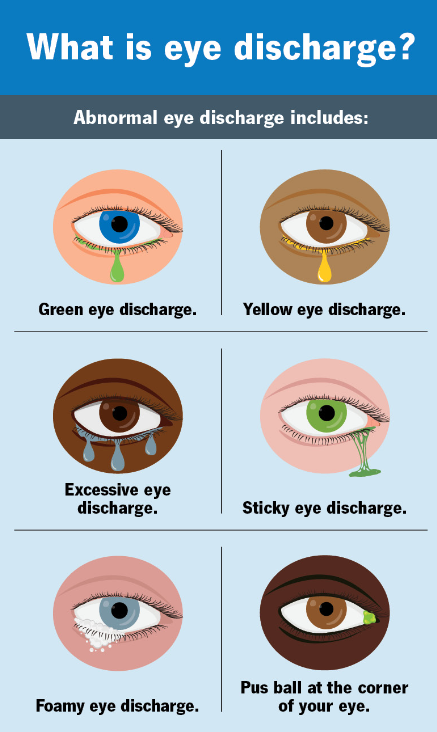
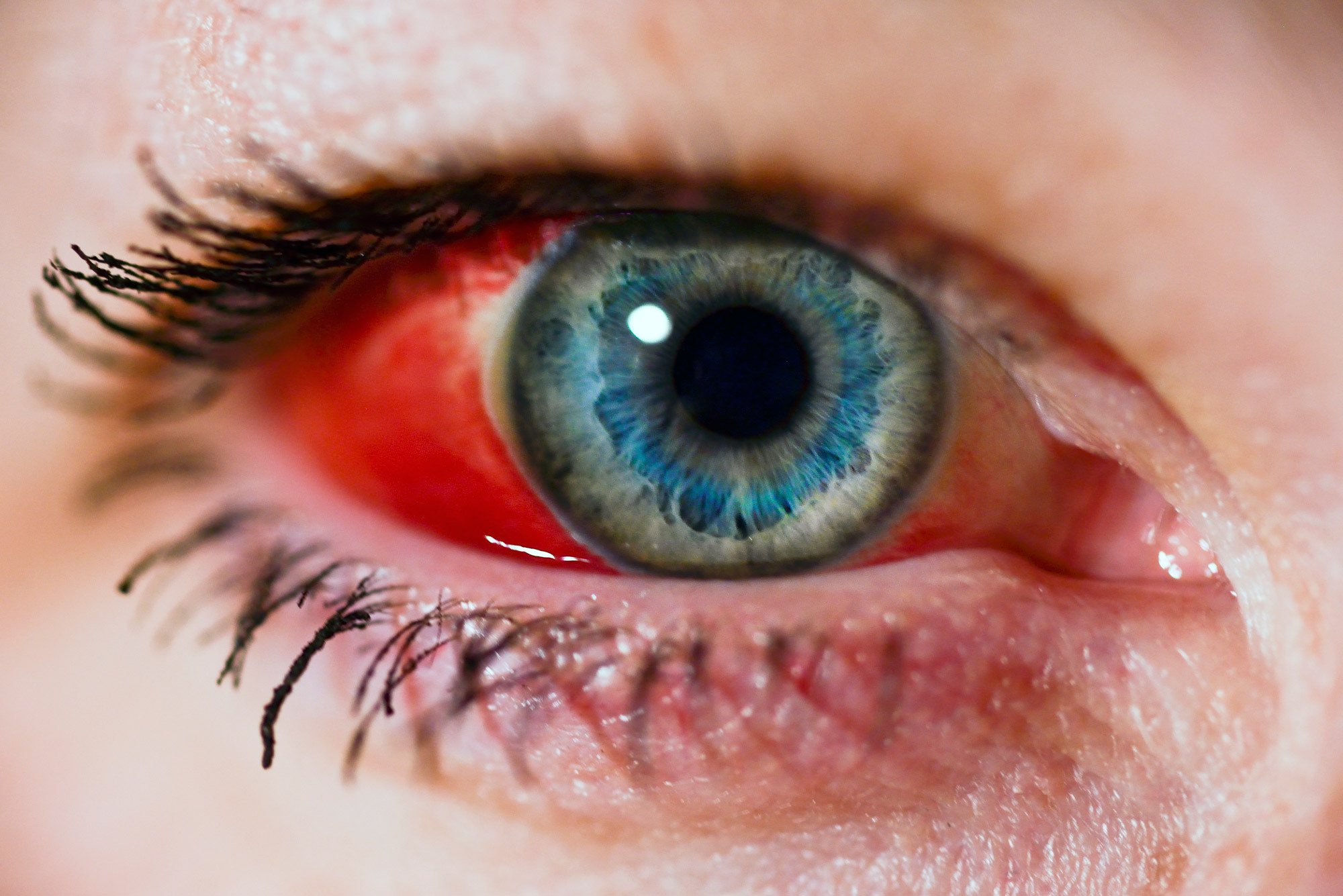
4. Bleeding of the Eye
Did you know? Subconjunctival hemorrhage, a common cause of eye bleeding, affects up to 2.9% of the population!Here are the symptoms to look out for:
- Bright red patch on the white of the eye
- No pain or vision changes
- Gradual fading of the red patch over time
Urgent treatment depends on the cause:
- Subconjunctival hemorrhage: Usually resolves on its own without treatment
- Trauma: May require medical evaluation and treatment
- Underlying health conditions: Treatment of the primary condition
- Avoid rubbing or touching the affected eye
- Use artificial tears to lubricate the eye if it feels irritated
- Consult an eye doctor if bleeding is extensive or accompanied by pain or vision changes
5. Sudden Changes in Pupil Size
Did you know? Changes in pupil size can be caused by various conditions, from minor to serious!Here are the symptoms to look out for:
- One pupil larger than the other
- Slow or no reaction to light
- Accompanying vision changes or eye pain
Urgent treatment depends on the cause:
- Trauma: Immediate medical attention
- Neurological causes: Requires prompt evaluation
- Medication side effects: Consult a doctor
- Note any sudden changes in pupil size
- Avoid exposure to bright light until evaluated
- See a doctor immediately for sudden pupil changes
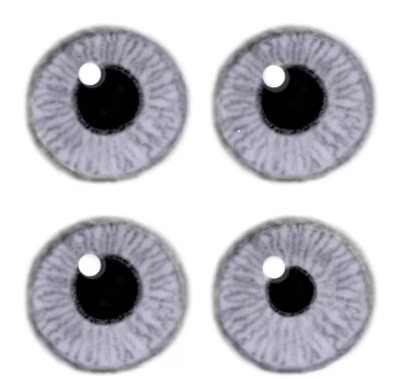
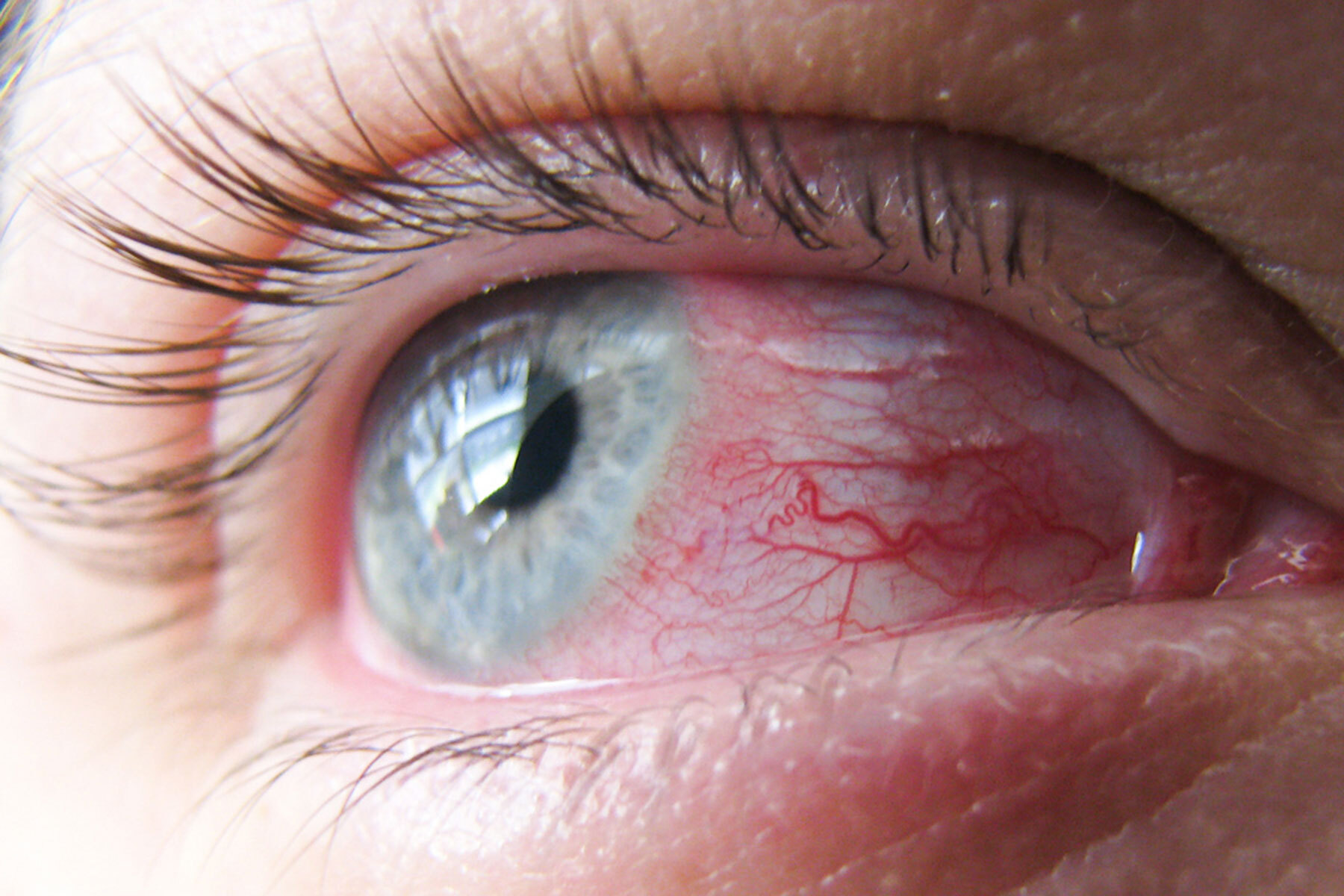
6. Chemical Burn in the Eye
Did you know? Eye chemical burns are medical emergencies that require immediate action!Here are the symptoms to look out for:
- Burning or stinging sensation
- Eye redness and swelling
- Vision changes or blurred vision
Urgent treatment depends on the cause:
- Alkali burns: Require immediate flushing and emergency care
- Acid burns: Flush the eye and seek emergency treatment
- Rinse your eye with water for at least 15 minutes
- Avoid rubbing the eye
- Seek emergency medical care immediately
7. Double Vision
Did you know? Double vision, or diplopia, can be caused by various conditions, including muscle or nerve issues!Here are the symptoms to look out for:
- Seeing two images of a single object
- Headache or eye strain
- Balance issues or dizziness
Urgent treatment depends on the cause:
- Muscle weakness: May require eye exercises or surgery
- Nerve damage: Treatment depends on the underlying condition
- Infection: Antibiotics or other medications
- Cover one eye to manage symptoms temporarily
- Avoid driving or activities requiring clear vision
- See an eye doctor for a full evaluation
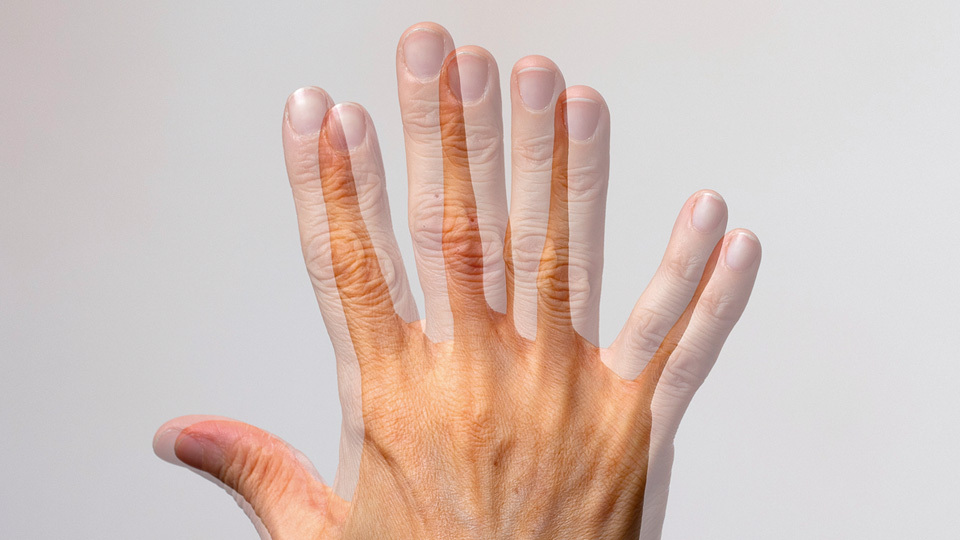
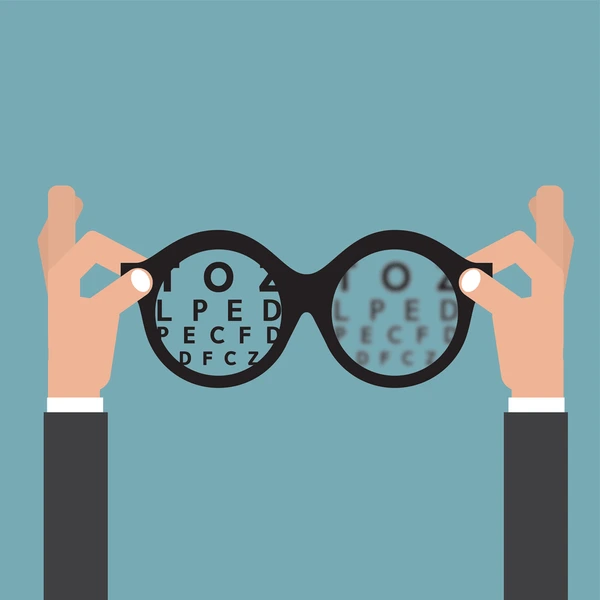
8. Blurred Vision
Did you know? Blurred vision is one of the most common eye complaints, often signaling refractive errors or more serious conditions!Here are the symptoms to look out for:
- Difficulty seeing fine details or reading small print
- Hazy or fuzzy vision at all distances
- Sensitivity to light or glare
Urgent treatment depends on the cause:
- Refractive errors: Glasses, contact lenses, or corrective surgery
- Diabetes-related changes: Blood sugar control and regular monitoring
- Cataracts: Surgery if vision is significantly impaired
- Use corrective lenses if prescribed
- Reduce screen time and take breaks to reduce eye strain
- Consult a doctor if blurred vision occurs suddenly or worsens
9. Eye Infection
Did you know? Eye infections can be caused by bacteria, viruses, or fungi and can lead to discomfort and vision problems if untreated!Here are the symptoms to look out for:
- Redness and swelling around the eye
- Discharge or crusting on the eyelids
- Itching, burning, or sensitivity to light
Urgent treatment depends on the cause:
- Bacterial infections: Antibiotic eye drops or ointments
- Viral infections: Supportive care with artificial tears
- Fungal infections: Antifungal medications
- Avoid touching or rubbing your eyes
- Clean your hands regularly to prevent the spread of infection
- Seek medical advice if symptoms persist or worsen

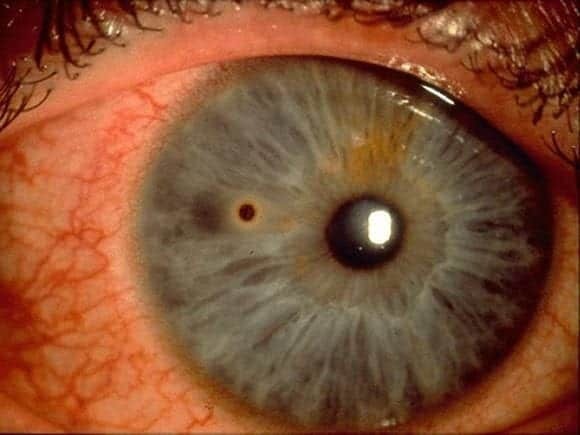
10. Foreign Object in the Eye
Did you know? Getting a foreign object stuck in the eye is common, from tiny dust particles to more severe injuries like metal shavings!Here are the symptoms to look out for:
- Feeling of something in the eye
- Eye redness and tearing
- Sensitivity to light or blurry vision
Urgent treatment depends on the cause:
- Minor particles: Flush the eye with clean water or saline solution
- Embedded objects: Requires immediate medical attention to prevent further damage
- Avoid rubbing the eye
- Rinse the eye thoroughly with water
- Seek emergency care if the object is large or embedded
11. Black Eye
Did you know? A black eye, or periorbital hematoma, is often the result of trauma, causing bruising and swelling around the eye.Here are the symptoms to look out for:
- Swelling and discoloration around the eye
- Pain and tenderness
- Possible vision changes or eye redness
Urgent treatment depends on the cause:
- Minor trauma: Cold compresses and over-the-counter pain relief
- Serious trauma: May require medical evaluation for fractures or internal bleeding
- Apply a cold compress to reduce swelling
- Avoid further injury by protecting the area
- Seek medical help if there are vision changes or severe pain
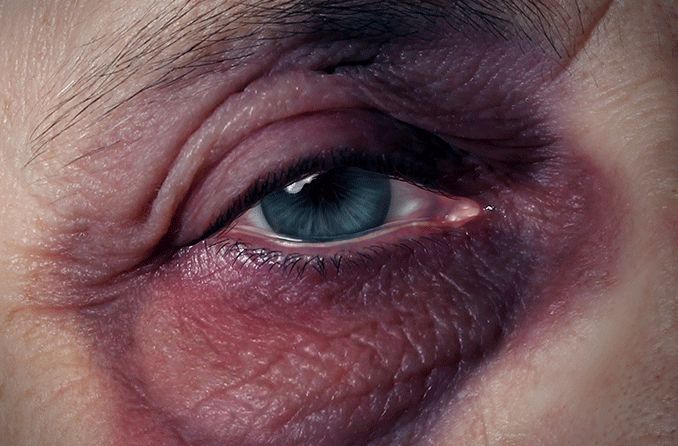
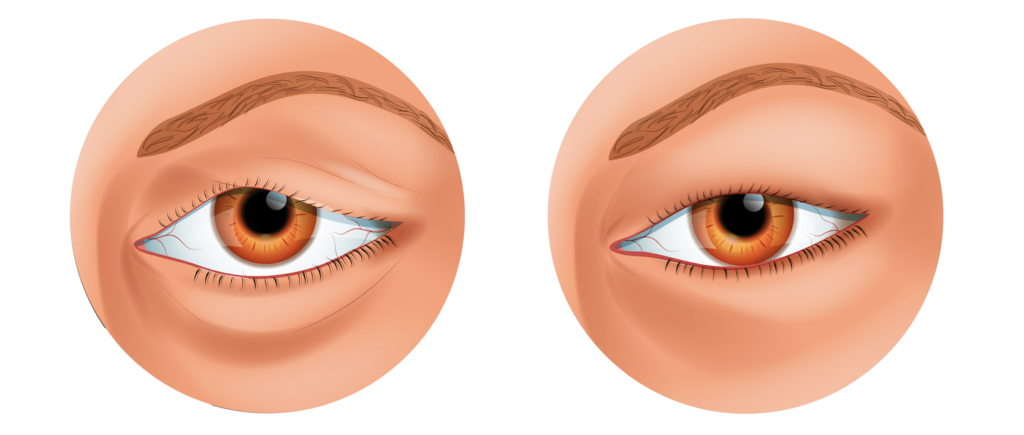
12. Swollen Eye
Did you know? Eye swelling can be caused by infections, allergies, or trauma and may signal a more serious condition.Here are the symptoms to look out for:
- Puffiness around the eye
- Redness, itching, or irritation
- Pain or difficulty moving the eye
Urgent treatment depends on the cause:
- Allergies: Antihistamines or allergy eye drops
- Infections: Antibiotic or antiviral medications
- Trauma: Cold compresses and pain management
- Use a cold compress to reduce swelling
- Avoid rubbing or touching the swollen area
- Seek medical advice if swelling persists or is accompanied by pain or vision changes
13. Eye Injury
Did you know? Eye injuries range from minor scratches to more serious damage that can lead to permanent vision loss!Here are the symptoms to look out for:
- Pain or discomfort in the eye
- Redness, swelling, or bruising
- Vision changes or difficulty moving the eye
Urgent treatment depends on the cause:
- Minor injuries: Cold compresses and rest
- Severe injuries: Immediate medical attention to prevent permanent damage
- Avoid rubbing the eye or applying pressure
- Cover the eye with a clean cloth or shield
- Seek emergency medical care for serious injuries
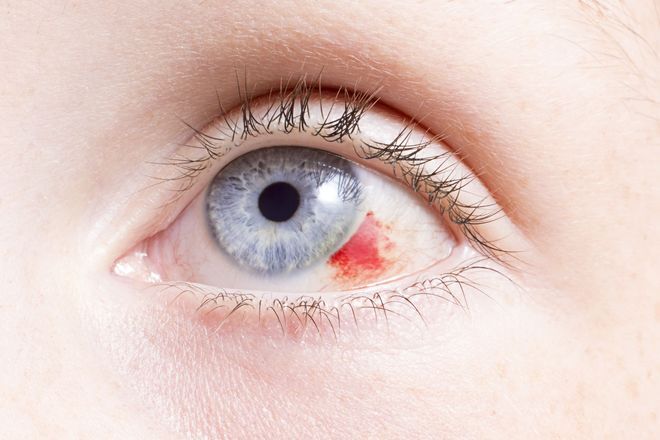
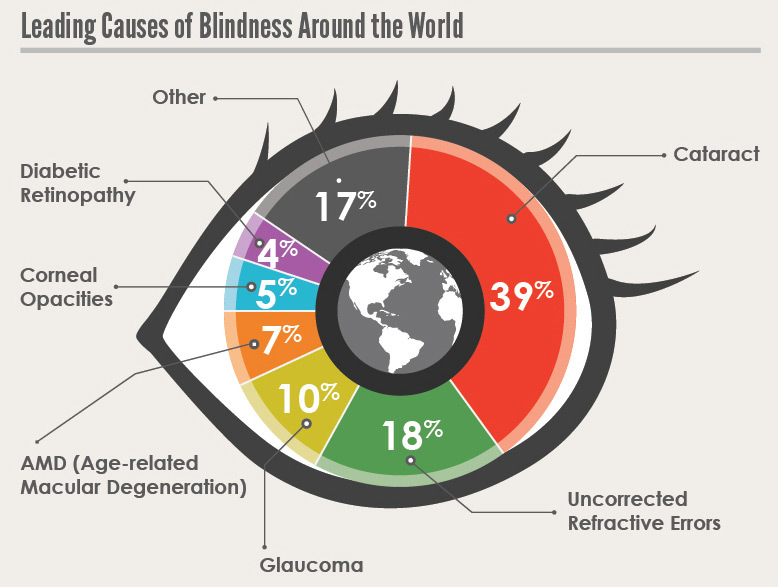
14. Vision Loss
Did you know? Sudden vision loss can occur due to various underlying causes, some of which require immediate medical attention to prevent permanent damage!Here are the symptoms to look out for:
- Sudden blurring or blackout of vision in one or both eyes
- Gradual loss of peripheral or central vision
- Flashes of light or floaters preceding vision loss
Urgent treatment depends on the cause:
- Retinal detachment: Requires immediate surgical intervention
- Stroke: Emergency medical care for brain health
- Glaucoma attack: Rapid treatment to lower eye pressure
- Seek emergency medical attention immediately for sudden vision loss
- Avoid straining your eyes or engaging in activities that could worsen the condition
- Follow up with an eye specialist to assess and monitor vision health
15. Light Sensitivity
Did you know? Light sensitivity, or photophobia, can be a symptom of eye strain, infections, or even neurological conditions!Here are the symptoms to look out for:
- Discomfort or pain in bright lighting
- Squinting or closing eyes in well-lit environments
- Headaches or nausea triggered by light exposure
Urgent treatment depends on the cause:
- Migraine or tension headache: Pain relief and rest in a dark room
- Eye infections: Antibiotic or antiviral treatments
- Corneal abrasions or injury: Healing and protective eyewear
- Wear sunglasses or a hat when outdoors
- Reduce screen time and adjust brightness levels on digital devices
- Seek medical evaluation if light sensitivity persists or worsens
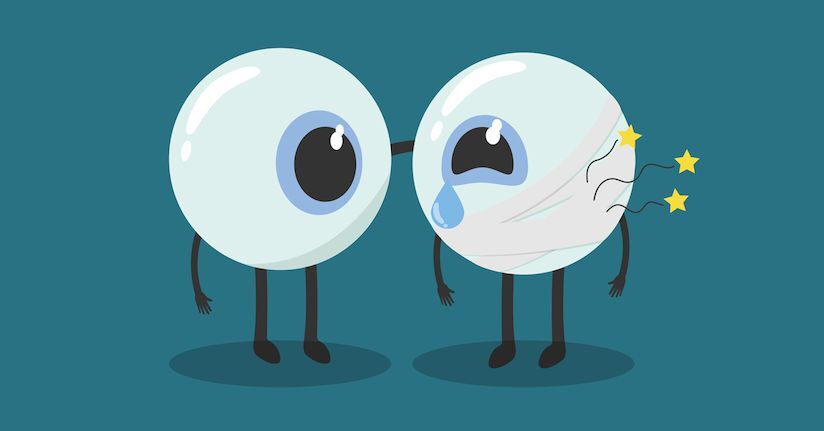

16. Bulging Eyes
Did you know? Light sensitivity, or photophobia, can be a symptom of eye strain, infections, or even neurological conditions!Here are the symptoms to look out for:
- Discomfort or pain in bright lighting
- Squinting or closing eyes in well-lit environments
- Headaches or nausea triggered by light exposure
Urgent treatment depends on the cause:
- Migraine or tension headache: Pain relief and rest in a dark room
- Eye infections: Antibiotic or antiviral treatments
- Corneal abrasions or injury: Healing and protective eyewear
- Wear sunglasses or a hat when outdoors
- Reduce screen time and adjust brightness levels on digital devices
- Seek medical evaluation if light sensitivity persists or worsens
17. Burning or Itching Eyes
Did you know? Burning or itching eyes can be a sign of allergies, dry eye syndrome, or infections, and can significantly impact daily comfort!Here are the symptoms to look out for:
- Persistent itching or burning sensation in the eyes
- Redness and swelling of the eyelids
- Watery or dry eyes
Urgent treatment depends on the cause:
- Allergies: Antihistamine eye drops or oral medications
- Dry eyes: Artificial tears or prescription eye drops
- Infections: Antibiotics or antiviral treatments
- Avoid rubbing your eyes, as this can worsen irritation
- Use cool compresses to soothe itching or burning
- Seek medical advice if symptoms persist or are accompanied by discharge


18. Eye Redness
Did you know? Eye redness can result from a variety of causes, from minor irritations to serious infections, and should be monitored closely for accompanying symptoms!Here are the symptoms to look out for:
- Redness of the whites of the eye
- Irritation, discomfort, or a gritty sensation
- Possible discharge or excessive tearing
Urgent treatment depends on the cause:
- Minor irritation: Lubricating eye drops or artificial tears
- Infections: Antibiotic, antiviral, or antifungal medications
- Allergies: Antihistamine eye drops or oral medications
- Avoid rubbing or touching your eyes to prevent further irritation
- Use artificial tears to relieve dryness and redness
- Seek medical care if redness persists or worsens
19. Pink Eyes (Conjunctivitis)
Did you know? Conjunctivitis, commonly known as pink eye, is highly contagious and affects millions of people each year, especially during allergy season!Here are the symptoms to look out for:
- Red or pink coloration of the whites of the eye
- Itchy, burning sensation in the eyes
- Watery or thick discharge that may cause crusting
Urgent treatment depends on the cause:
- Bacterial conjunctivitis: Antibiotic eye drops or ointment
- Viral conjunctivitis: Supportive care with artificial tears
- Allergic conjunctivitis: Antihistamine eye drops or oral medications
- Avoid touching or rubbing your eyes
- Wash your hands frequently and avoid sharing towels or pillowcases
- Seek medical care if symptoms persist or worsen

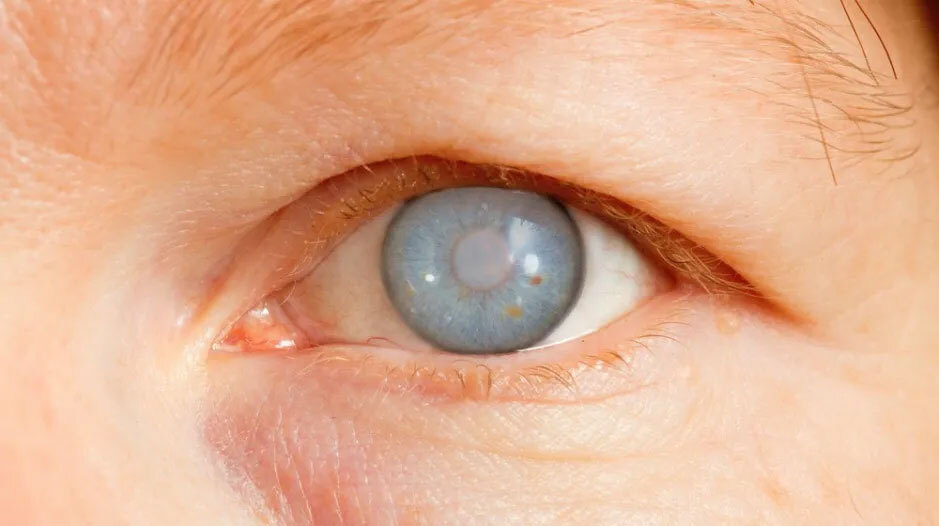
20. Glaucoma
Did you know? Glaucoma is a leading cause of irreversible blindness worldwide, often developing with little to no warning signs!Here are the symptoms to look out for:
- Gradual loss of peripheral vision
- Blurred vision or halos around lights
- Eye pain or pressure (in acute cases)
Urgent treatment depends on the cause:
- Open-angle glaucoma: Prescription eye drops to reduce eye pressure
- Angle-closure glaucoma: Immediate medical intervention, including laser surgery
- Secondary glaucoma: Treatment of the underlying condition
- Schedule regular eye exams to monitor intraocular pressure
- Take prescribed medications regularly to manage eye pressure
- Seek immediate care for sudden pain, vision loss, or halos around lights
- At Eyes Now, we're fully equipped to diagnose and treat all urgent eye conditions discussed above!
- We use advanced diagnostic tools to quickly assess your eye health.
- Our experienced professionals provide immediate care for acute conditions and ongoing management for chronic issues.
- Our team is ready to help with conditions such as: Eye Pain, Floaters of flashers, Eye discharge, Bleeding of the eye, Sudden changes in pupil size, Chemical burns, Double vision, Blurred vision, Eye infections, Foreign objects in the eye, Black eyes, Swollen eyes, Eye injuries, Vision loss, light sensitivity, Bulging eyes, Burning or itching eyes, Eye redness, Pink eyes and Glaucoma
- Services include: Comprehensive dilated eye exams for diabetic patients and Emergency care for sudden vision changes
- Don't wait when it comes to your eye health - schedule an appointment today and let us provide the expert care your eye deserves!

Latest Eye Exam Technology
Gain peace of mind knowing that you're in good hands with an expert optometrist who listens and explains everything clearly. We take digital measurements with the latest equipment, which allows us to measure correctly and quickly every time.
- No Puff
- No Drops
- Full Retinal Scan
Quick & Efficient Expertise
We know your time is valuable. We keep a close watch over our exam capacity to allow patients to be seen within days instead of needing to schedule months in advance. On the day of your appointment, our goal is to get your eyes examined and eye prescription given within 20 minutes.
- No Wait
- 20 Minutes
- Paper Free
